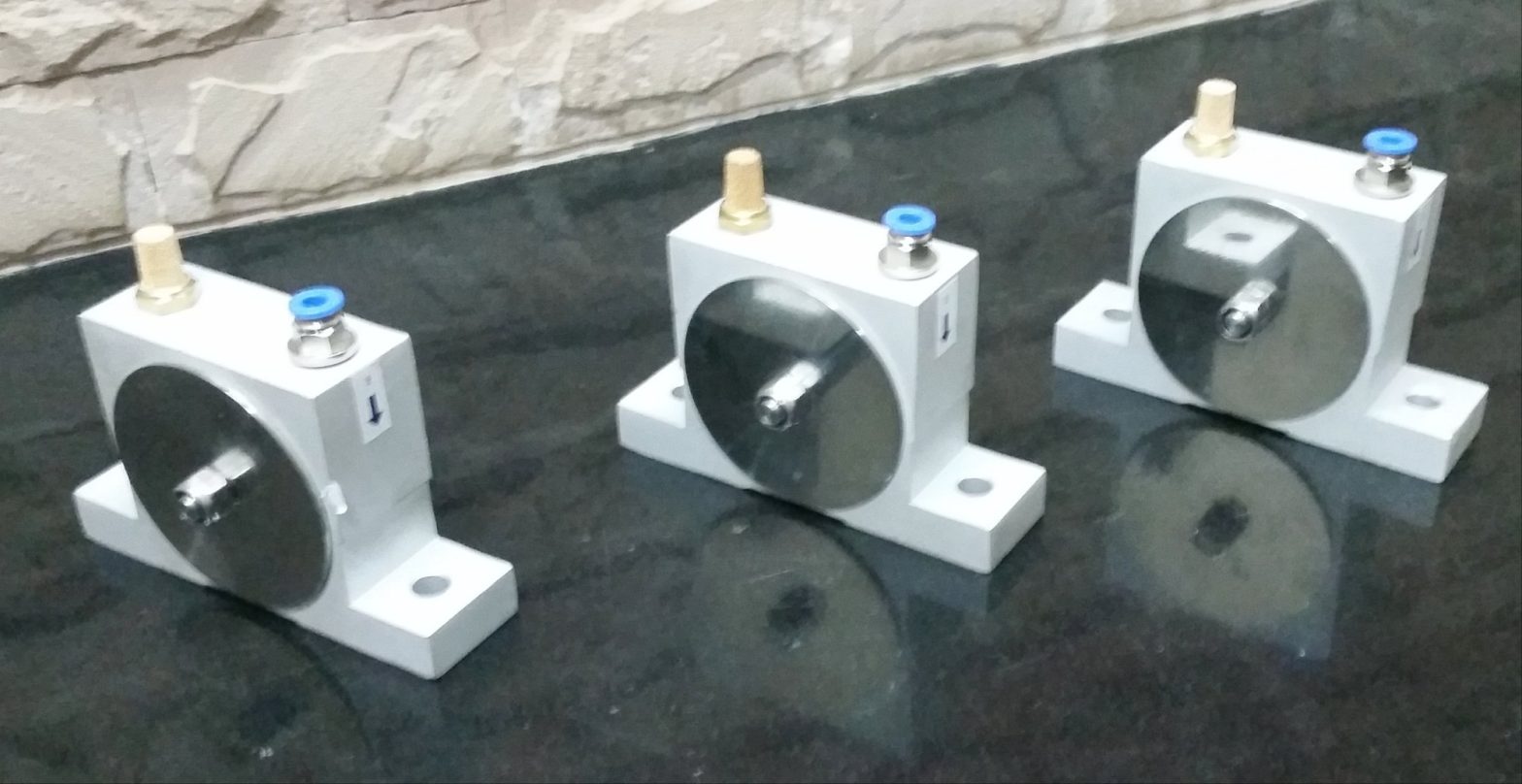Choosing the Right Turbine Vibrator for Your Project
Selecting the appropriate turbine vibrator is crucial for the success of your industrial project. With various types and specifications available, understanding your specific needs and the features of different models can significantly impact efficiency and productivity. This article provides a comprehensive guide to help you choose the right turbine vibrator for your project. Choosing the Right Turbine Vibrator for Your Project
Understanding Turbine Vibrators
Turbine vibrators are devices that create vibrations through the rotation of a turbine, which generates centrifugal force. This force is used to facilitate the movement of bulk materials, ensuring smooth flow and compaction in various industrial applications. Understanding how these devices work is the first step in choosing the right model.
How Turbine Vibrators Operate
When powered, the turbine within the vibrator spins at high speeds, producing vibrations that are transmitted to surrounding materials. This action reduces friction, helping to prevent clogs in hoppers, bins, and chutes. The intensity and frequency of the vibrations can be adjusted, making turbine vibrators versatile for different applications.

Factors to Consider When Choosing a Turbine Vibrator
To select the right turbine vibrator for your project, consider the following key factors:
1. Material Characteristics
The type of material you are working with plays a significant role in your choice. Different materials have varying flow characteristics, density, and cohesiveness. Understanding these properties will help you determine the required vibration intensity and frequency.
2. Application Requirements
Identify the specific application for which you need the turbine vibrator. Whether it’s for material flow promotion, compaction, or feeding systems, each application may require different specifications. Knowing your project’s demands will guide you in selecting the most suitable model.
3. Installation Environment
Consider the installation environment where the turbine vibrator will be used. Factors such as available space, access to power sources, and environmental conditions (like humidity or temperature) can influence your choice. Ensure the vibrator fits within the physical constraints of your setup and is designed to withstand any environmental challenges.
Types of Turbine Vibrators
There are various types of turbine vibrators available, each suited for different applications:
1. Electric Turbine Vibrators
Electric turbine vibrators are powered by electric motors, providing consistent and adjustable vibration. They are ideal for applications requiring precise control and can be easily integrated into automated systems. They are commonly used in food processing and pharmaceutical industries due to their cleanliness and low maintenance.
2. Pneumatic Turbine Vibrators
Pneumatic turbine vibrators operate using compressed air, making them suitable for explosive or hazardous environments where electrical equipment may pose risks. They are often used in mining and construction settings, where durability and robustness are essential.
3. Hydraulic Turbine Vibrators
Hydraulic turbine vibrators utilize hydraulic power to generate vibrations. These models are highly powerful and are best suited for heavy-duty applications. They are commonly used in manufacturing processes involving large, dense materials.
Performance Specifications
When evaluating turbine vibrators, pay attention to key performance specifications:
1. Vibration Frequency and Intensity
The frequency and intensity of vibrations are critical for achieving optimal material flow. Assess your project requirements to determine the ideal vibration settings needed for effective processing.
2. Power Requirements
Ensure that the power specifications of the turbine vibrator align with your available power sources. Check voltage and current requirements for electric models, and ensure proper air supply for pneumatic models.
3. Noise Levels
Consider the noise generated by the turbine vibrator, especially if it will be used in a noise-sensitive environment. Some models are designed to operate more quietly, which can be beneficial in specific settings.
Cost Considerations
While cost should not be the sole factor in your decision, it is essential to consider your budget:
1. Initial Investment vs. Long-Term Savings
Assess the initial purchase price of the turbine vibrator against potential long-term savings in efficiency and reduced downtime. Investing in a high-quality model may yield better performance and reliability over time.
2. Maintenance Costs
Evaluate the maintenance requirements of different turbine vibrators. Models that require less maintenance can save you time and money in the long run, making them more cost-effective options.
Conclusion
Choosing the right turbine vibrator for your project involves careful consideration of material characteristics, application requirements, and performance specifications. By understanding the various types of turbine vibrators available and evaluating your specific needs, you can select the ideal model that enhances efficiency and productivity in your operations. Investing in the right turbine vibrator will contribute to the overall success of your industrial project.


